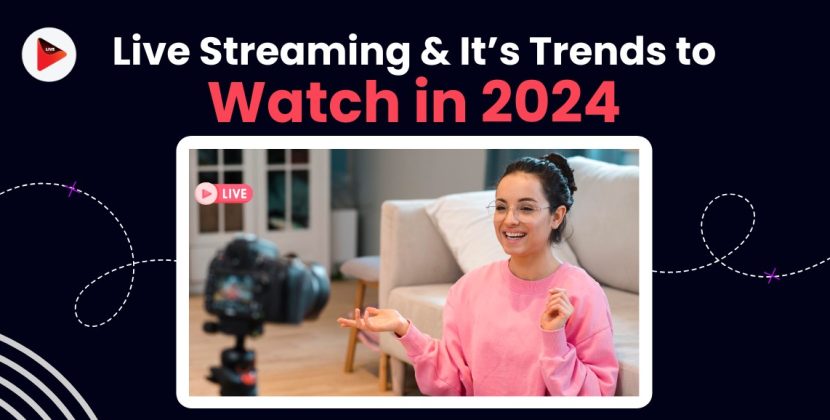
Are you feeling stuck in a rut, struggling to maintain your health and happiness? It’s time to shift your mindset! Positive thinking can work miracles when it comes to transforming your life. In this blog post, we’ll explore the power of positive thinking and how small changes in your mental outlook can lead to significant improvements in both your physical and emotional well-being. Let’s dive into why positive thinking is so essential for achieving lasting success in every aspect of life.
What is Positive Thinking?
In order to change your health and happiness, it is important to start with changing your mindset. Negative thinking can lead to stress, which can then lead to physical problems. When you focus on the positive things in life, it can help reduce stress and improve your overall health.
Some benefits of positive thinking include:
1) improved mental and physical health
2) increased resilience in the face of adversity
3) better coping skills during difficult times
4) greater life satisfaction and happiness
The Benefits of Positive Thinking
When it comes to your health and happiness, thinking positive can have a big impact. Here are some of the benefits of positive thinking:
1. Positive thinking can help you cope with stress in a healthy way.
2. Positive thinking can boost your immune system.
3. Positive thinking can improve your cardiovascular health.
4. Positive thinking can increase your lifespan.
5. Positive thinking can improve your mental health and help you deal with difficult emotions in a healthy way.
6. Positive thinking can help you achieve your goals.
7. Positive thinking can make you more resilient and adaptable to change.
How to Shift Your mindset from Negative to Positive
Are you someone who is always thinking negative thoughts? Do you find yourself worrying about things that might happen, even though they probably won’t? If so, then it’s time to shift your mindset from negative to positive.
Here are some tips to help you do just that:
1. Be grateful for what you have.
When you focus on all the good in your life, it’s easier to let go of the negative. Make a list of things you’re thankful for each day, and refer to it when you’re feeling down.
2. Stop comparing yourself to others.
One of the quickest ways to feel bad about yourself is to compare your life to someone else’s. Everyone has different circumstances, so there’s no use comparing yourself to others. Focus on your own life and be happy with what you have.
3. Practice positive self-talk.
Your thoughts influence your emotions, so make sure you’re thinking positive ones! Every time you have a negative thought about yourself, counter it with a positive one. For example, “I’m not good enough” becomes “I’m doing my best.”
4. Surround yourself with positive people.
You become like the people you surround yourself with, so make sure they’re positive! Spend time with people who make you feel good about yourself and who support your goals and dreams. Avoid anyone who brings you down or makes you feel bad about yourself.
The Power of Gratitude
Few things are as transformative to our health and happiness as an attitude of gratitude. When we focus on what we’re thankful for, our whole perspective changes. We see the good in our lives, instead of the bad. We recognize all we have, instead of what we lack.
Gratitude has been linked with lower levels of stress and anxiety, improved sleep, reduced inflammation, and increased overall well-being. It helps us savor the good moments and gives us resilience to face the hard ones.
So how can you cultivate more gratitude in your life? One way is to keep a gratitude journal. Every day, write down three things you’re grateful for. They can be big (like your health) or small (like a sunny day). Over time, you’ll find yourself noticing – and appreciating – more and more of the good around you.
Another way to increase gratitude is to practice mindfulness. When you’re eating, really taste your food. When you’re talking to someone, really listen to them. Pay attention to the world around you and savor the moment. The more mindful you are, the more likely you are to notice – and appreciate – all the good in your life.
No matter what method you choose, increasing your gratitude will lead to greater health and happiness. So start counting your blessings today!
Conclusion
We hope that our article has provided you with some insight into the power of positive thinking and how it can positively impact your life. Research has shown time and again that happier, healthier mindsets increase productivity, reduce stress and create a better overall quality of life. Next time you find yourself in a challenging situation or facing an obstacle, take a moment to remind yourself that success is within reach if you just keep believing in yourself and remain optimistic about the future. Positive thinking truly is one of the most powerful forces at work in achieving any goal!







